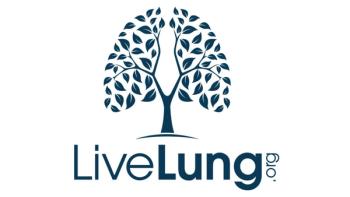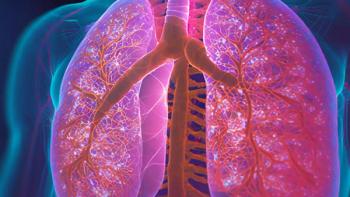
Inflammatory Breast Cancer: Breaking Down the Basics
Among the many different types of breast cancer, one of the least discussed and least understood is inflammatory breast cancer, or IBC. This is primarily because of its rarity; IBC only affects 1 to 5% of all breast cancer patients. For those affected, however, IBC can be difficult to diagnose, treat, and recover from. For all of these reasons, it is important to be aware of the symptoms and treatment options of this less common subtype of breast cancer. Continue reading to learn how inflammatory breast cancer is different from other breast cancer subtypes, as well as how IBC is diagnosed and treated.
What is inflammatory breast cancer?
Like the majority of breast cancers, inflammatory breast cancer is usually an invasive ductal carcinoma. This means the disease is the result of cancer cells developing from the cells that line the milk duct of the breast, and subsequently spreading to cells beyond the duct. That said, the symptoms and treatment of IBC are different from other types of breast cancer.
How is inflammatory breast cancer different from other subtypes of breast cancer?
The key difference in presentation of inflammatory breast cancer is the lack of a lump within the breast, and rapid onset of symptoms, including swelling and redness of the entire breast. This inflammation is caused by cancer cells obstructing the lymphatic vessels of the skin on the breast. This same inflammation is a sign that the cancer has spread into nearby tissue and potentially nearby lymph nodes. Because of this presentation within the skin, by the time IBC has developed enough to be noticed and diagnosed, it is considered locally advanced and at least stage III. This development often happens rapidly, in a matter of months or even weeks. In a third of IBC cases, at the time of diagnosis, the cancer has already metastasized to other parts of the body.



